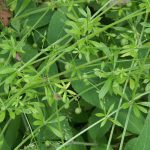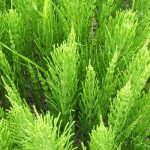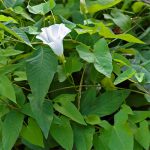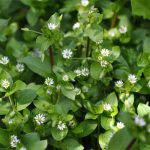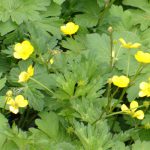Daisy
Bellis perennis

Possibly one of the most recognisable of weeds with its white flowers with yellow centres, daisies are most commonly found in lawns but can also seed themselves in flower beds and driveways. The daisy is a perennial weed which spreads into large mats.
Leaves
The small leaves are spoon shaped and slightly scalloped and form a small rosette at the base of the turf in the lawn.
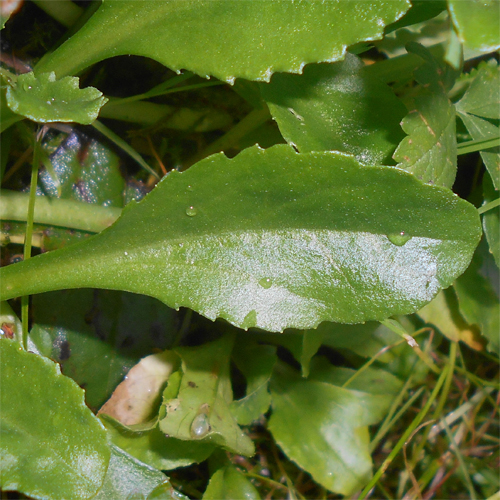
Flowers
The flowers can appear throughout the year but are usually seen between March and October. The distinct flowers have a yellow centre with white petals on the outside.
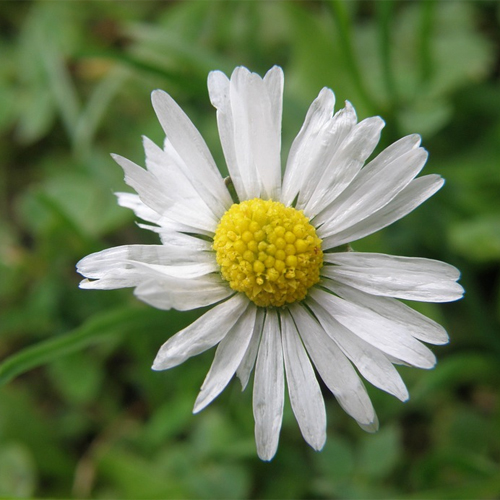
Preferred Habitat
The daisy is common on all types of soil and lawn, even lawns that suffer from heavy compaction. Daisies tolerate very close mowing due to their growth habit of forming a low growing mat in the base of the sward.
Weed Control
If only a few areas of daisies are present we would recommend hand weeding to dig out the pockets to plants. Raking or cutting them will also help discourage and weaken daisies. If the infestation is severe then chemicals may be required, however consider spot treating.
Not Just a Weed
Many people allow daisies to creep into their lawns for their sunny disposition and as children love making them into daisy chains!
Daisies contain essential oil, tannins, mucus substances, flavonoids, bitter substances, organic acids, resins and inulin. The active ingredients are found in all parts of the plant.
Daisy has anti-inflammatory and mild astringent properties and has been used internally, in tea form, as herbal remedy for the common cold, bronchitis and other inflammation of the upper respiratory tract. It also has a wide range of other uses including treatment for urinary tract infections, eczema, bruising and much more.
Not such a humble daisy after all!
Gallery
- Tilda and I - double cuteness!



